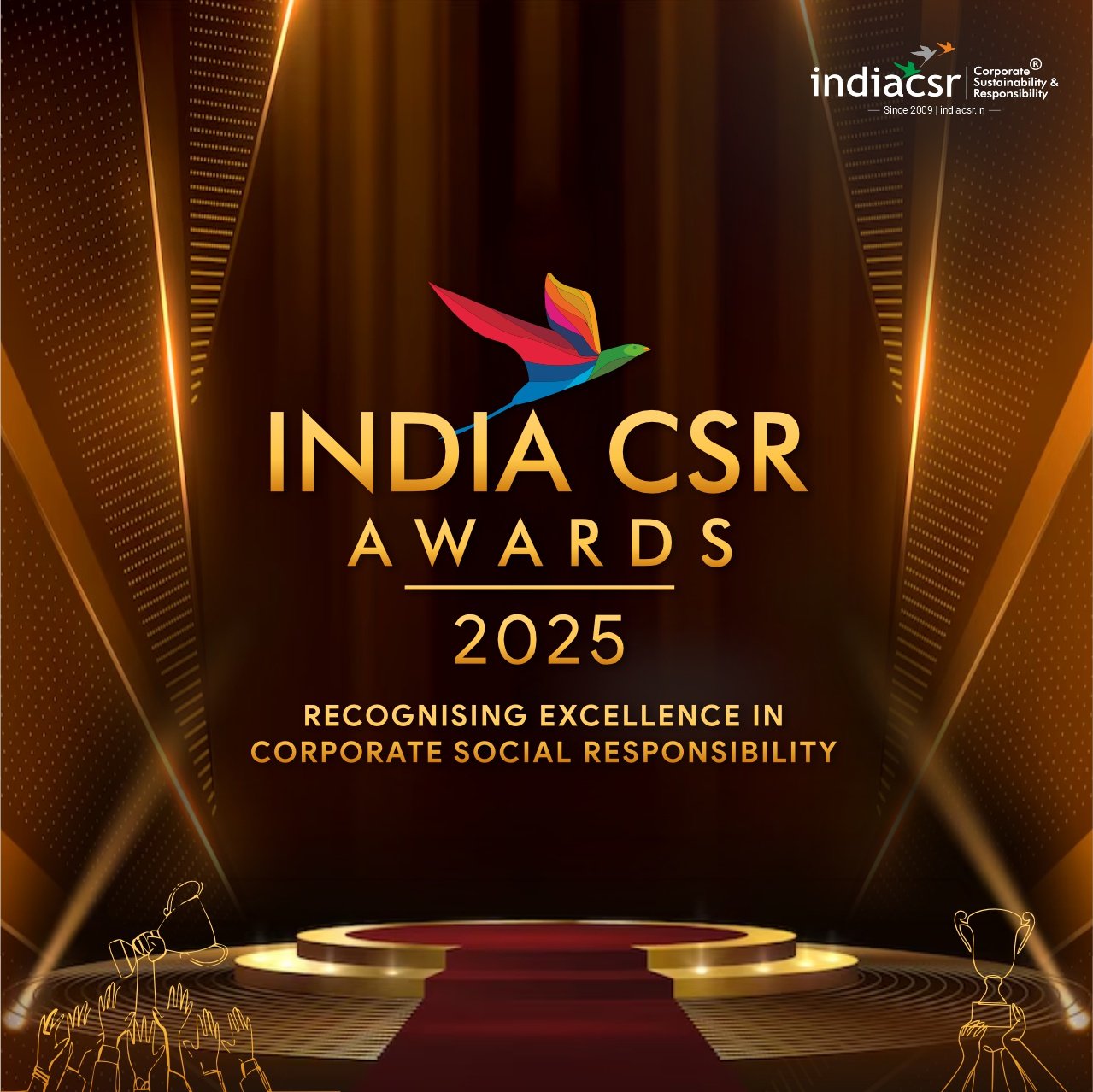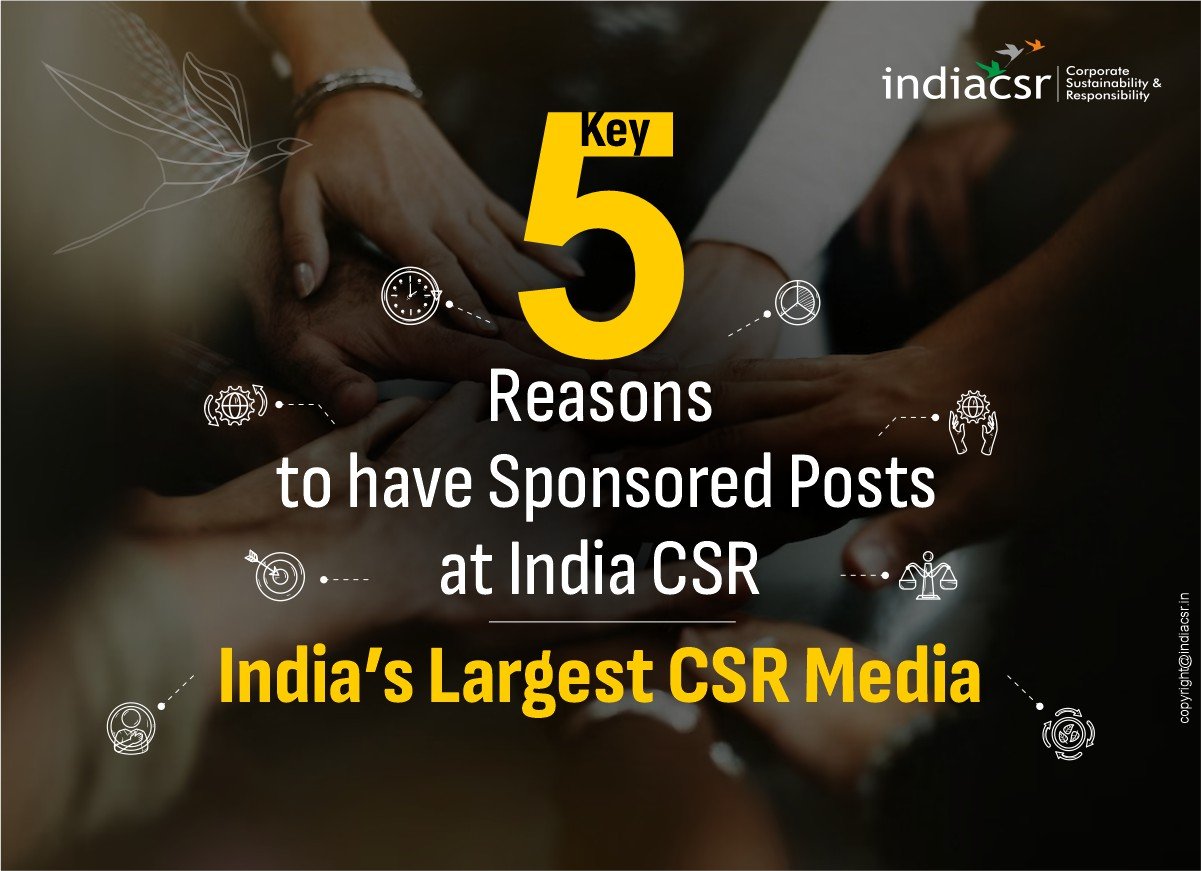
Words Manish Kumar
NEW DELHI (India CSR): Direct marketing and out-of-home (OOH) advertising are experiencing a great resurgence. These once conventional and rigid ways of conveying messages are slowly becoming complex, highly targeted and interactive with the help of data and technology. Traditional marketing techniques are no longer sufficient, and the integration of new technologies is changing the experience of brands. What once relied on static, broad-reaching messages is now transforming into hyper-personalized, impactful campaigns.
This change has been outlined by Abhishek Shetty, an Advertising Technology Specialist. By utilising his profound knowledge in data and its capability to revolutionize the advertising tactics, he has been assisting firms in achieving the right blend of the new and old. Shetty also points out that this combination of tradition and novelty is enabling marketers to succeed in a challenging and increasingly growing advertising field.
Among all the changes, the most notable has been observed in the direct mail category. Originally viewed as an undifferentiated advertising medium, direct mail is beginning to be retargeted through data. Using first-party data that can be gathered from online consumer, a business can then forward personalized offers to the consumers’ mailbox. This shift solves the problem of the gap between online and offline experience. “Direct mail today is about precision,” explained Shetty. “By harnessing data from digital touchpoints, marketers can deliver hyper-targeted messages that align with individual customer preferences. This reinvention has made direct mail a powerful tool in omnichannel campaigns.”
Moreover, advanced printing technologies now allow brands to personalize mailers with specific customer details like preferences, purchase history, and location-based offers. The use of QR codes and personalized URLs (PURLs) enables trackable campaigns, providing valuable insights into performance. Additionally, data-driven targeting helps reduce waste by focusing on high-potential leads, making campaigns cost-effective and environment-friendly.
For instance, if a customer abandons his shopping cart in an e-commerce site, he may be sent a direct mail with an offer on the items he was interested in. The synchronizing of the online behaviour with the offline communication assists in increasing the conversion ratios and brand loyalty thus providing continuity of the customer experience. “Linking online activity to offline communication allows marketers to close the loop and create a cohesive customer journey,” added Shetty.
Another development is witnessed in the out-of-home (OOH) advertising that has dramatically occurred with the emergence of digital out-of-home (DOOH) formats. In contrast to conventional fixed outdoor billboards, DOOH advertisements can now offer timely, actual content depending on the weather, time or the targeted audience. The real-time optimization coupled with programmatic advertising makes it possible for brands to target the intended audience to the latter’s precision.
According to Shetty, “”OOH advertising has always been about visibility, but DOOH elevates this by adding a layer of intelligence and interactivity. It enables brands to optimize their messaging in real-time and connect with audiences in a meaningful way.”
However, DOOH and direct mail advertising are still relatively new media, and their combination is an unexplored territory. It is possible to achieve greater synergy and thus create better campaigns when these two usually distinct channels are integrated. For instance, a fitness brand may use DOOH advertising to introduce a new product and then send more customized direct mail to people who engaged with the ad.
These advances are promising, but they come with some difficulties. Some of the challenges that marketers face include the inability to integrate both online and offline data, measurement of the ROI, and compliance with the privacy policies. But it is possible to work through these difficulties and achieve more effective and valuable advertising campaigns. This is because the growth of technology in the future will make the traditional mediums such as direct mail and OOH advertising more important in marketing. These channels are set to advance with the help of augmented reality and other AI-powered analytics to offer brands new opportunities for engaging consumers.
Therefore, the revival of direct mail, and OOH advertising proves that traditional marketing is not obsolete. When leveraged with data and digital solutions, they act as effective weapons to develop effective, informative, and persuasive marketing messages. Hence, it is possible to incorporate tradition and innovation to sustain brands.
About Us
Manish Kumar is a news editor at India CSR.
(Copyright@IndiaCSR)




















